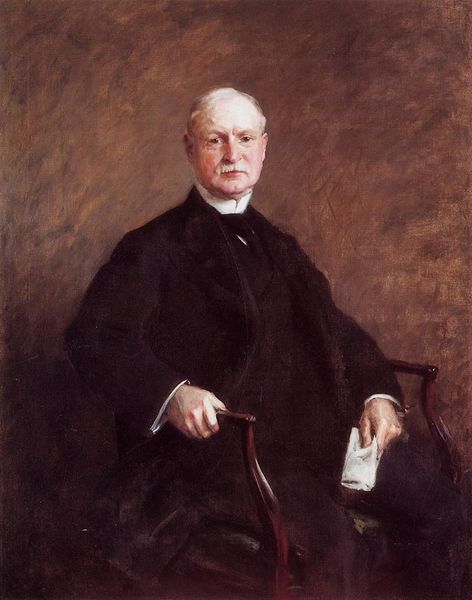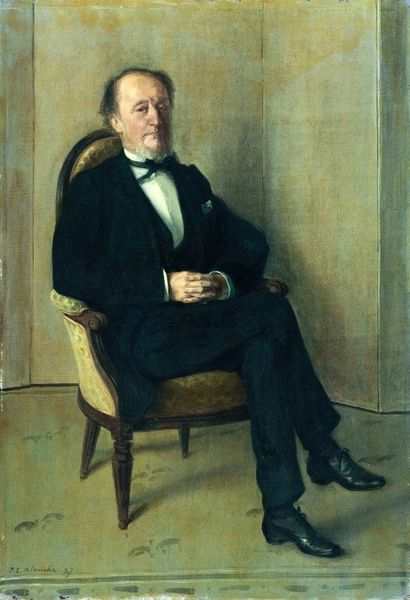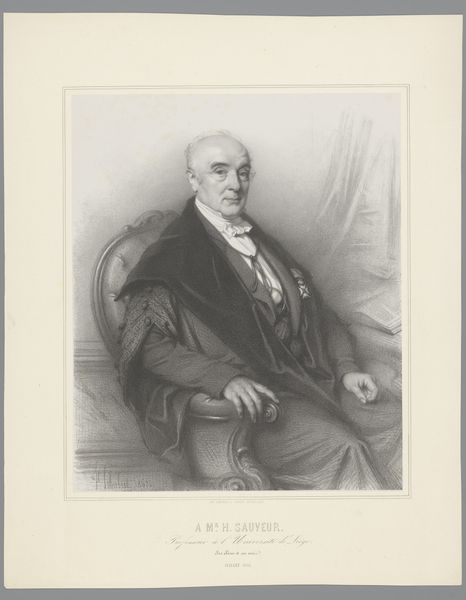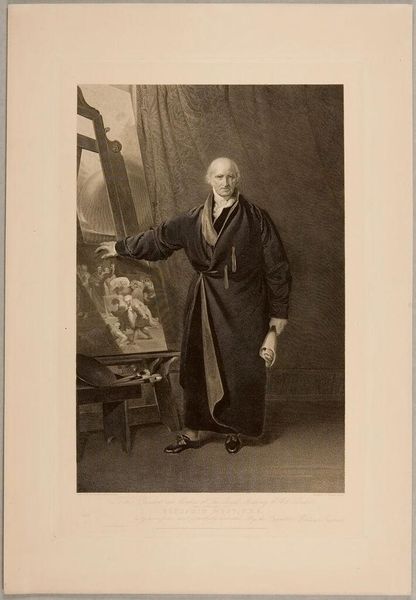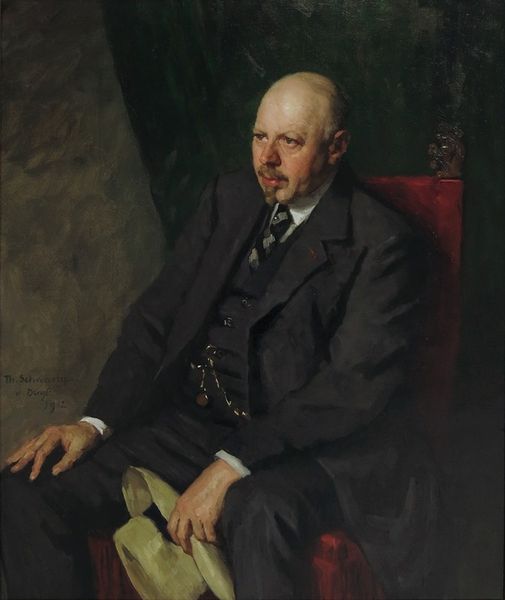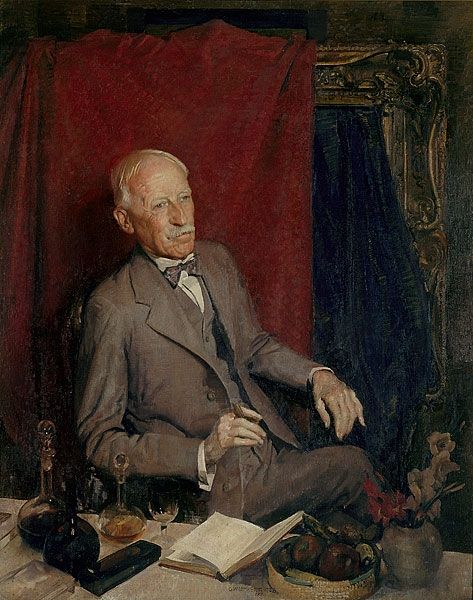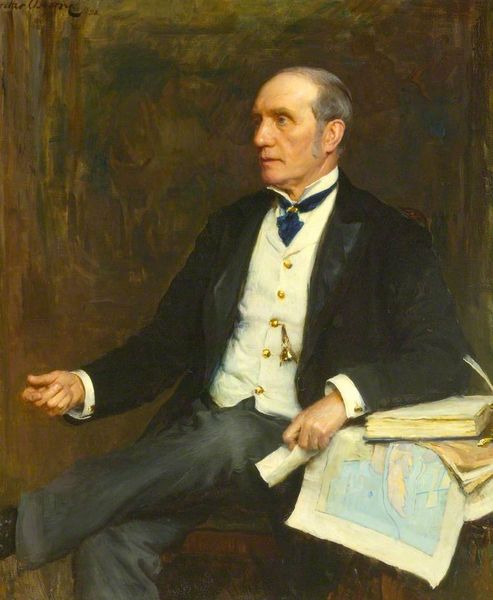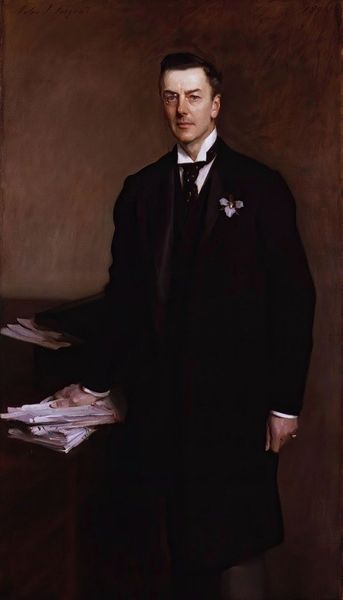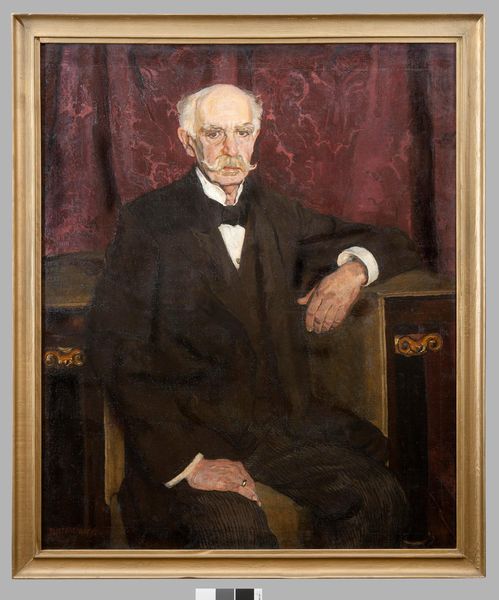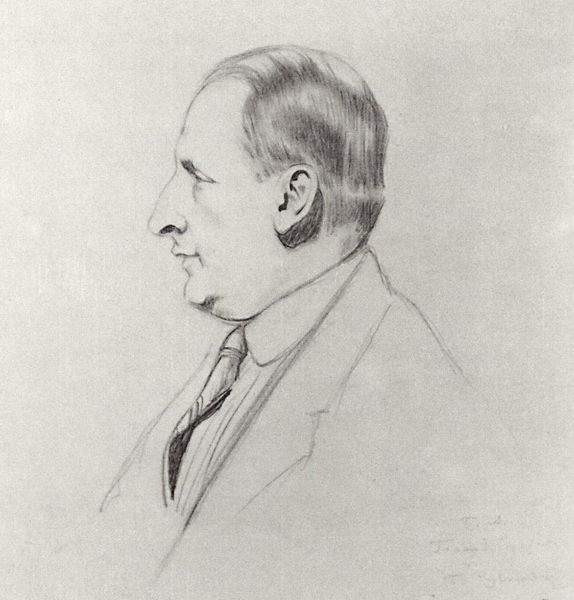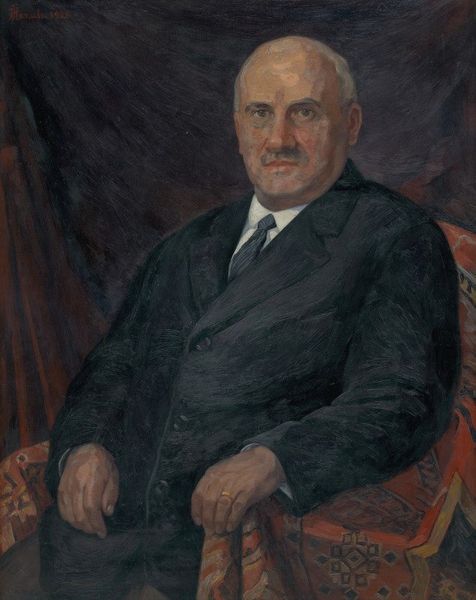
watercolor, pencil
#
portrait
#
oil painting
#
watercolor
#
romanticism
#
pencil
#
portrait drawing
#
realism
Copyright: Public domain
Editor: So, this is John Frederick Lewis's "Portrait of John Ponsonby, 1st Viscount Ponsonby" from 1841. It’s a mix of watercolor and pencil, I believe. I'm immediately struck by the contrast – the sitter’s formal attire versus this almost dreamlike, soft rendering. What do you see in this piece, especially considering the period? Curator: It’s fascinating how Lewis situates Ponsonby within a seemingly traditional portrait format, but complicates it with this hazy, almost ethereal technique. Knowing this was painted in 1841, when the British Empire was solidifying its power, how do you think the portrait participates in, or perhaps subtly resists, that project of power? The subject is a viscount, representing the establishment. Editor: That's a good point. I hadn’t thought of it in terms of Empire. It seems like he's trying to capture something beyond mere representation. Is it an attempt to capture his essence rather than his status? The loose brushstrokes give it this feeling of impermanence, even vulnerability. Curator: Precisely! This looseness can be read as a commentary on the fragility of power, a suggestion that even the most established figures are subject to the passage of time and shifting historical tides. Think about the cultural role of portraiture then, usually reinforcing status and legacy. How does this differ, and why? Perhaps Lewis is exploring the tension between public persona and private self, hinting at the anxieties of a ruling class facing a changing world. Editor: I see what you mean. So, instead of glorifying power, he's humanizing the viscount and possibly critiquing the rigid structures of society through artistic style. It’s more nuanced than I initially perceived. Curator: Exactly. By placing the subject in a seemingly informal light and a very ‘painterly’ style, Lewis almost democratizes the image. The bright blue shawl might be understood as part of a social code, while on the other hand, is pure aesthetical pleasure for both the painter and the viewer. It invites us to reconsider the relationship between art, power, and representation. What do you think about this aspect? Editor: It's been very helpful to learn to think of it as more than just a portrait; the artistic choices reflect these subtle power dynamics that I initially missed completely. Thanks! Curator: Absolutely! It highlights how art can act as both a mirror reflecting societal norms and a lens critiquing them.
Comments
No comments
Be the first to comment and join the conversation on the ultimate creative platform.
